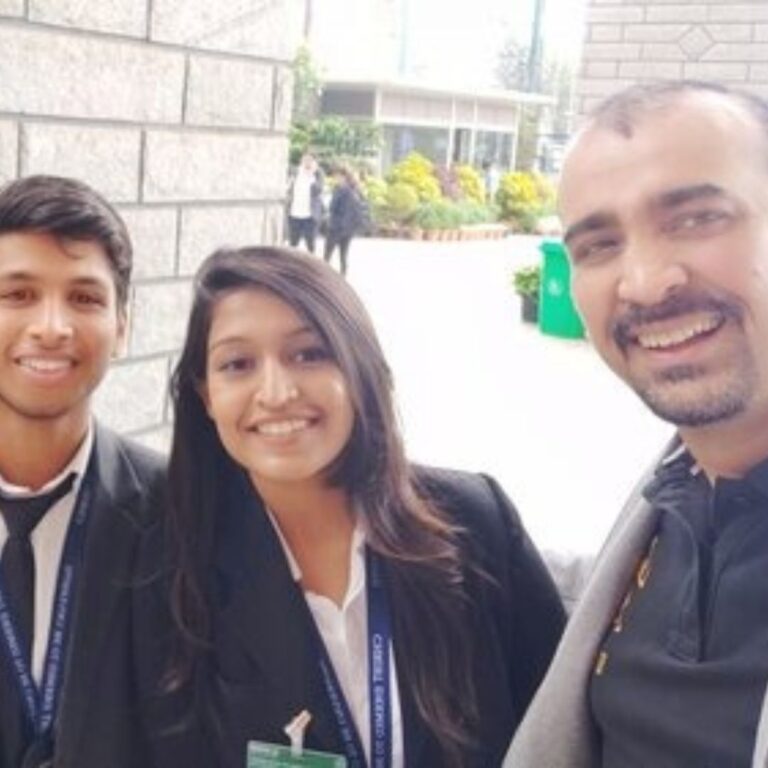8 TIPS FOR CREATING AWARD WINNING PHOTOGRAPHS
Have you participated in any photography competition? How was your experience? Did you win? If your answer is no then you are in the right place, I was frustrated (for not winning) for a very long time before I won my first photography competition. Ever since, I have been on a mission to find out what it takes to create award winning photographs. Recently, I was invited to be one of the judges (along with my friend, Sumanth Shetty) for an inter college photography competition held by the Christ University, Bangalore. This photography competition called “Nazariya” was a part of their annual college festival called “Querencia”. I thought it is only fair on my part to share this knowledge in the hope that more people have a chance at winning.
First, let me tell you a little about this photography competition that I was judging. The idea behind this competition was to give an opportunity to all the aspiring photographers (still in college) an opportunity to showcase their talent, learn and fast track their careers in photography. The theme for this photography competition was inspired by the famous Murphy’s Law: “If anything can go wrong, it will go wrong”.
The competition was held for 2 days and it required each team to participate in both Photography and Videography. I was amazed by the passion, dedication and teamwork displayed by each team. The competition had 3 rounds (and different themes). Each round tested the participants on creativity, relevance, technical skills, lighting, story telling and impact.
Overview of the Rounds
Round 1: Undertones- Stage Round “When you change the way you look at things, the things you look at change”.
The first round was about making the participants bring out two contrasting perspectives using shades of natural light and colour. The participants were required to showcase both aspects in the same photograph, highlighting the underlying tones of the picture. The participants were expected to take two photographs where light and dark colors (shades) were evidently predominant
Round 2: Fish Bowl “You don’t take a photograph, you make it.”
The second-round was all about testing the spontaneity and creativity of the participants. This round was to check the photographer’s skill not merely technically, but as an artist. The participants were expected to be on campus for this round and themes were allocated based on lucky draws. This round also tested the ability of the participants to comprehend, create and portray contrasts in genres of “plays or emotions”. Eg: gleeful or sorrowful, ancient or modern, bright or bleak, irony or eulogy, sarcasm or absolute etc. Depending upon the theme selected, the participants were expected to provide their version of the same, by putting across both these genres in one single frame.




Round 3: Edward Scissor hands- “Just living is telling a story. You’re put on this earth to tell that story, to share those stories and videos are the best way to do that.”
The final round was to test the video making skills of the participants, they were expected to make a short video based on the theme given to them and were required to include aspects of the theme they received in Round 2. The judging was based not only on the conceptualisation of the video but also on technical skills such as script, lighting, sound, editing, cinematography and relevance to the theme.
In all, 4 teams qualified for the final round (Teams : Volvo/Bugatti/Tesla/Bentley) each of these teams displayed passion, the ability to work in deadlines and amazing team spirit. However, as with any competition we had to select the winner, and I thought it would be only right on my part to reveal the secret sauce for creating winning photos.




Ok, so here are the 8 tips to creating award winning photographs.
1) Be 100% clear about the Rules
This one comes right out of primary school. I had lost count of the number of times my teacher would tell me to read the instructions before answering the question paper. I would forget this simple piece of advice (to my peril) only to find my answers wrong. In my eagerness to answer what I knew, I was not prepared to spend 5 minutes extra just to be sure. Finally when I did start paying attention, my marks improved. So please be ready to only play when you know the rules of the game.
2) Make it Obvious
Competition is not just challenging for the participants but also for the judges, they have to make a decision on the basis of different criterion and they have to also ensure that their decision is accurate and based upon facts. This is not as easy as it seems for a subjective thing like photography. The judges are humans and have their own set of beliefs and perceptions. In order that you get the most points from them, it is important to make the photographs clear and easy to understand. It is best not to make any assumptions or to have a fancy idea that is difficult to comprehend.
3) Show your Technical Skills
It is easy to point out a technically superior image from an inferior one. Razor sharp focus , good use of light and shadows, depth of field, solid composition, balanced colours, contrast and highlights. Do not use fancy tools like excessive vignettes, excessive saturation, un necessary filters etc.
4) Tell a Story
A good photograph draws the viewer into it. The photograph is able to excite the viewer to interpret it in their own way. There is a story that is hidden somewhere which needs a story teller, that story teller is the person who views the photograph. People love images that challenge their intellect and creativity to decipher it in their own way.
5) Know how the Image will be seen
It is always a good idea to know how the images will be seen by the judges, if the competition requires you to submit them electronically then there is not much that you can do about it, but if they leave it to you then print your photographs on archival paper, this brings out the actual colours, mid tones, contrast and shadows in amazing detail. A good judge will acknowledge the effort that goes in creating a world class image. These details are compromised if the photograph is projected on a white screen (even with the best projectors). So know beforehand how your images will be seen and take time to create them for maximum impact.
6) Go the extra mile
Every photograph has a point of inflexion, this is the point at which the photograph suddenly jumps to life. However, this photograph is often hidden away and may not be easy to get. As a parent, I know how difficult it is to get a nice shot of my daughter, and there is no magic bullet here. The days when I persist and don’t give up are the days when I get the best shots of her. On other days, when I’m lazy my shots are pretty average and boring. So always persist and keep looking at ways to make your shot better. You will know when you have a winner with you:)
7) Be Different
We live in an over communicated society where billions of photographs are uploaded on the internet every single day. With this information over load it becomes imperative that we try to be different and unique in our photography. Experiment with interesting composition, angles, lighting, moods, emotions etc. Do whatever your can to avoid being boring and predictable.
8) Get a second opinion
We are all guilty of being in love with the images that we make, however it is always a good idea to show it to other people (experts or not) and get their feedback on it. A winner will always draw a special reaction that should give you the confidence of selecting it. It is for this reason the best photographers always seek out a portfolio review of their works from established photographers. This usually happens during photo festivals or workshops. Be always look out on how you could get a critique of your best work.
These are my 8 tips for creating award winning photographs. Do you think I missed out any point, please let me know in the comments below 🙂
A special thanks to the organizers ( Divya, Smruthi, Aaryan) and the faculty ( Prof Dilip Kumar P) of Christ University for putting in their time and effort for creating this fantastic event.
